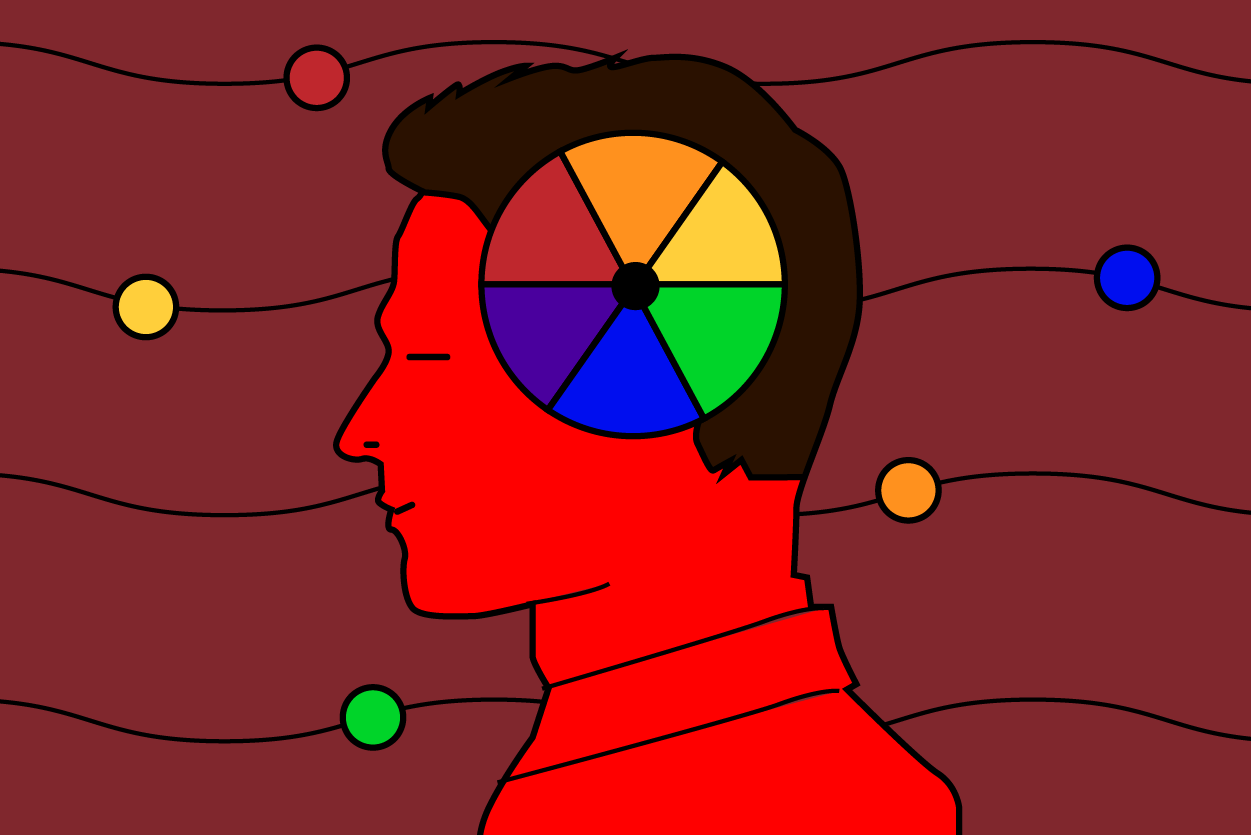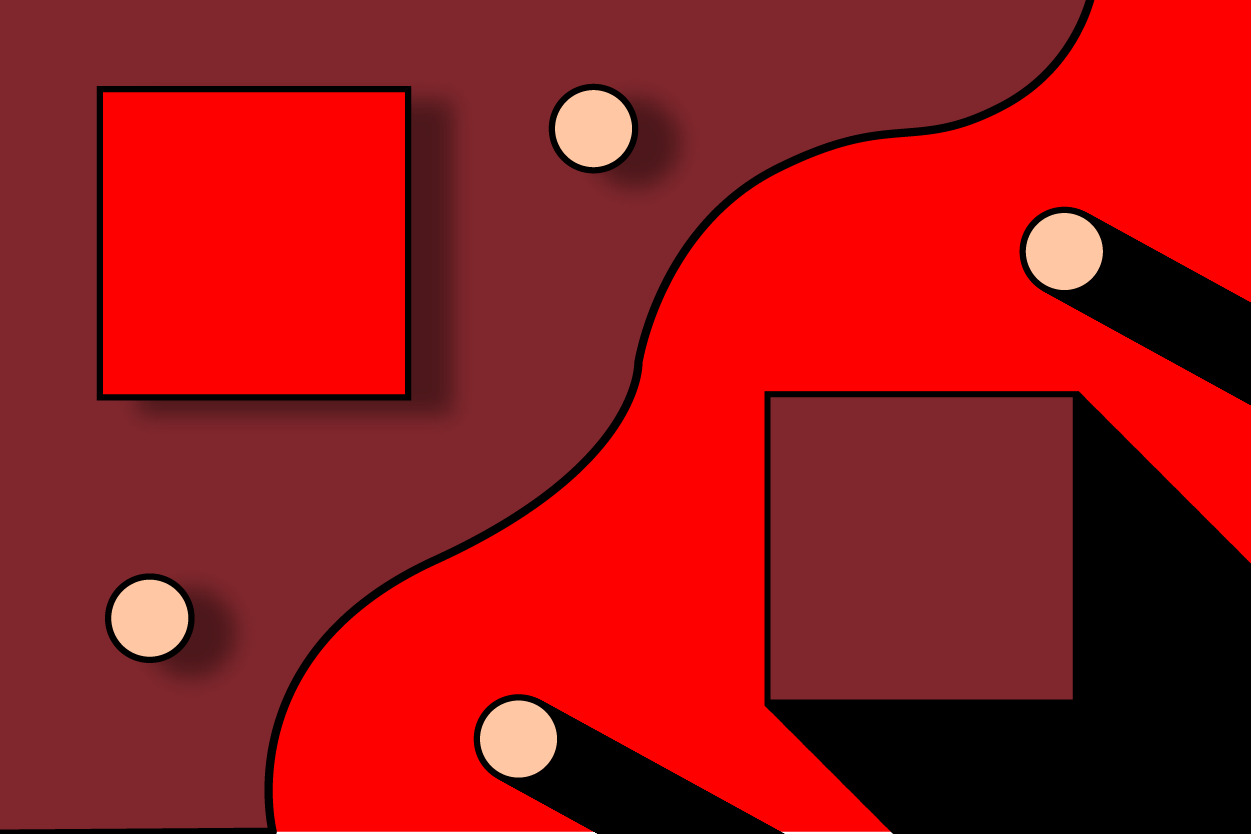LinkedIn’s Investment in Games Signals a Bigger Trend
The Top Story Professional networking might seem like the last place you’d expect to find word puzzles, yet LinkedIn
Over time, logo design has evolved along with global trends, tech advancements, and cultural shifts

Logo design creates a visual identity for a brand. But it goes deeper than that. The most iconic logos capture the essence of a time, including the spirit, culture, philosophy, and character of society. Over time, logo design has evolved along with global trends, tech advancements, and cultural shifts. Here were explore logo design trends from the 1960s to the present day.
In the '60s, logo design was all about simplicity. Brands wanted uncomplicated, easily recognizable symbols. The use of negative space became popular, and many companies chose black and white palettes to create logos that were clear and compelling. The typography was dominated by bold, sans-serif fonts.
An example of this minimalist approach during the '60s is the IBM logo designed by Paul Rand in 1967. The logo was a simple, horizontal striped pattern forming the letters 'IBM'. The use of straightforward lines represented the company's commitment to clarity and functionality in tech. Rand's design used negative space through the white stripes, breaking up the solid lettering and providing a sleek, modern look. The logo was easily identifiable and could be consistently replicated in different forms of media. The design shows the power of minimalism – using basic elements to convey the essence of a brand.
In the '70s, there was a departure from the simplicity of the '60s. The world was filled with colors, patterns, and psychedelic designs reflecting the era's free-spirited vibe. The use of gradients and multiple hues in logo design became popular and resonated with the general mood of the decade.
One iconic brand that reflected the vibrancy and free expression of the 1970s was Apple with their rainbow-striped apple logo. The Apple logo was designed by Rob Janoff in 1977 and included a multi-colored apple with a bite taken out of it. Each color strip had a seamless transition into the next and showed masterful use of gradients. The vibrant, rainbow colors acknowledged the free-spirited and rebellious quality of the brand and their challenge of the status quo in tech.
The Apple logo from this era captures the 1970s design culture, highlighting how brands began to break away from traditional norms. They used bold colors and innovative designs to resonate with their audience and ensure a lasting impact.
The '80s brought a fascination with technology and all things digital. Logos became more geometric, with straight lines, squares, and other shapes. Neon colors, chrome finishes, and 3D effects became widespread, indicating the emerging digital age.
Here again, Apple was at the forefront of logo design. The logo of Apple's Macintosh was unveiled in 1984. It showcased a stylized, colorful representation of a computer with an iconic smiling face. This design emphasized the integration of technology into everyday life, symbolizing friendliness and accessibility. The vibrant rainbow colors used in the logo echoed the era's fondness for neon and were in contrast to the more muted colors of decades past. Plus, the sleek, streamlined typography projected Apple as a modern brand ready to lead in the digital realm.

Beyond tech companies, fashion brands like Nike, Reebok, Adidas and others embraced the neon trend and added dynamic designs that exuded energy and optimism. Nike's "Air Max" logo, launched in the late '80s with a chrome finish that had a futuristic feel and resonated well with their target market.
Playfulness was the primary concept, and logo designers mixed traditional and futuristic elements in the '90s. Brands experimented with fun characters, weird symbols, and unconventional color palettes. The rise in use and popularity of the internet also influenced design – many companies went with pixelated or tech-inspired motifs.
One of the most iconic examples from this decade is the logo of the tech company Netscape. Launched in the mid-90s, Netscape's logo featured a bold 'N' that appeared as a dynamic swirl of constellations or a comet with a trail. The design was a futuristic twist on the traditional starry night that symbolized the infinite possibilities of the World Wide Web.
Speaking of play, we can’t forget the Toys "R" Us logo, with Its reversed 'R', colorful star motifs, and childlike typography, which captured the fun and adventurous spirit of childhood. The mix of bright, primary colors combined with a playful variation of conventional typography is a great example of these engaging designs that indicated both the changing tastes of the decade and the evolution of branding. Companies needed to create distinctive identities in a more crowded marketplace.
The 2000s brought sleek, glossy, and shiny logos to the forefront, reflecting rapid tech advancements and the growth of digital platforms. Shadows, reflections, and gradient effects were often used to give logos increased depth and a modern look.
Once again, we see Apple as a trendsetter. Before this era, Apple had a multi-colored apple logo to represent fun and creativity. In the 2000s, its branding transitioned and the Apple logo was transformed from its rainbow-striped design to a monochromatic apple that often had a sleek chrome finish or glossy reflection. Apple was a pioneer in tech as the company introduced the iPod, iPhone, and MacBook. The reflective apple was a symbol of the company's modernity, innovation, and premium quality.
This gloss and shine of logos reflected the essence of the 2000s – a decade marked by rapid technological progress and the race to stand out in the rapidly expanding digital realm.
By the 2010s, logo design trends had made a full circle, returning to the minimalist roots of the '60s. Simple flat design, without any 3D effects or shadows, gained popularity. At the same time, brands began to emphasize authenticity and used more basic drawings and earthy, muted colors.
Starbucks is a great example of this trend. Initially, the Starbucks logo included a detailed illustration of a siren, surrounded by the brand's name and the words "Fresh Roasted Coffee." Then, in 2011, Starbucks unveiled a new logo without text, which focused on a simplified, green version of the siren. This more minimalistic design reflected the brand's global identity and transcendence of language barriers.
Hand-drawn logos also made a mark during this decade, with many brands choosing to add a more "human" touch to their design. With that, color palettes moved away from the bright, neon hues of decades past. Earthy tones, pastels, and muted colors became common to reflect brand authenticity and connection to its customers.

Overall, the 2010s championed the idea of "less is more," with brands focusing on designs that resonated on a more personal and genuine level with consumers.
Today, adaptability has become a defining trait of logo design. With so many different devices and screen sizes, brands need logos that scale seamlessly across digital platforms, from smartwatches to billboards.
Mastercard offers an excellent example of adaptability. Looking forward, Mastercard first redesigned its iconic logo in 2016 by simplifying the overlapping circles and modernizing the typeface. But they knew that alone would not be enough.
In 2019, Mastercard took this evolution a step further. Afforded the flexibility of extensive brand awareness, this iconic brand dropped its name from the logo, and it now relies solely on the distinctive red and yellow interlocking circles. With decades of brand recognition behind them, Mastercard nimbly adapted to the need for the logo to be recognizable in any context, from app icons on a mobile screen to tap to pay terminals.

Understanding and preemptively adapting to emerging trends is vital in current logo design. The number of digital contexts a brand must navigate has increased significantly. Logos must now be both instantly recognizable and widely adaptable.
Looking back at the evolution of logo design trends, we see that they are a reflection of the times. From the minimalistic designs of the '60s to the vibrant patterns of the '70s, the tech-inspired motifs of the '80s, and the sleek, glossy logos of the 2000s, each era has left its unique mark on the world of logo design. Design came back around to minimalism in the 2010s and now focuses on adaptability in a rapidly changing digital world. As brands continue to seek inspiration from both the past and the present, the future of logo design is sure to be as varied and dynamic as its history.